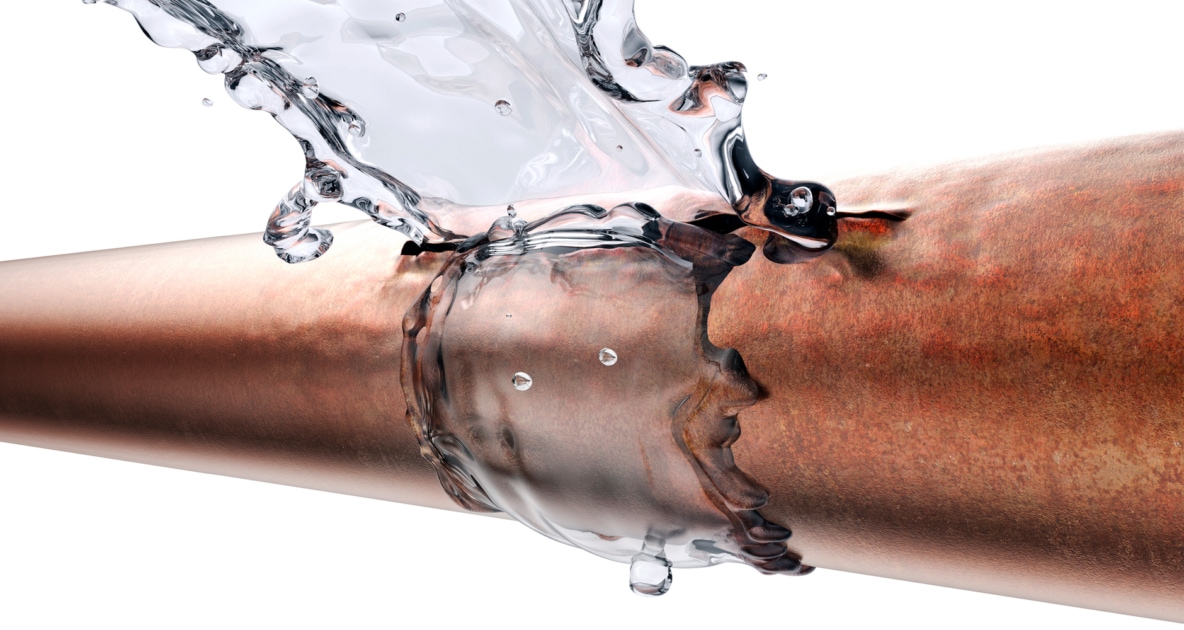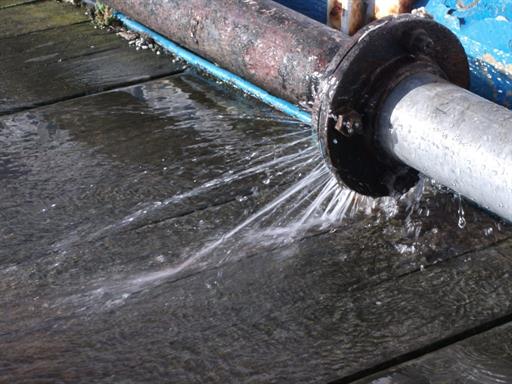Do you find yourself trying to locate additional info concerning How to install a dishwasher safely?

A burst pipeline is a major emergency; you can just stand as you watch water you pay very much to reunite with the earth. In even worse cases, you observe a pool on your cooking area floor, which is a wonderful trip danger, especially if you have kids around. If the pipeline that ruptured was in your wall surfaces, bad news: you might require to repaint that whole area.
Exactly how can a tragedy like a burst pipeline be protected against as well as taken care of? Well, by listening to your expert emergency plumbing technicians and also following these guidelines.
Exactly how do I recognize when my pipes have ruptured?
Rising and fall water pressures
Pipes do not simply burst in a day. You might have noticed that your kitchen area faucet or shower does not run immediately when you turn the tap. It might pause for a few secs and afterwards blast you with more force than normal.
In various other instances, the water may appear regular at first, then drop in pressure after a couple of secs.
Damp wall surfaces and water spots
Prior to a pipeline ruptureds, it will certainly leak, many times. If this persistent leaking goes undetected, the leakage might finish into a wide laceration in your pipe. One easy means to prevent this emergency is to look out for wet walls advertisement water discolorations. These water discolorations will certainly lead you right to the leakage.
Puddles under pipes and sinks
When a pipe bursts, the outflow develops a puddle. It may show up that the pool is expanding in dimension, and also despite the amount of times you wipe the pool, in a couple of mins, there's an additional one waiting to be cleansed. Usually, you might not have the ability to map the pool to any kind of noticeable pipelines. This is an indication to call a specialist plumber.
Untraceable trickling sounds
Pipeline bursts can occur in the most unpleasant locations, like within concrete, inside walls, or under sinks. When the house goes silent, you may be able to listen to an aggravatingly relentless leaking noise. Even after you've checked your shower head and cooking area faucet, the trickling may continue.
Dear reader, the dripping might be originating from a pipe inside your walls. There isn't much you can do about that, other than inform a professional plumber.
Turn off the Water
When water freezes, it expands in volume by concerning 9 percent. As well as it broadens with remarkable force: The stress inside pipelines may go from 40 pounds per square inch to 40,000 psi! No pipe can hold that much stress, so it breaks open. The break might happen where the ice forms, yet more frequently, it happens where water stress locates a vulnerable point in the pipe. That may be inches or perhaps feet from the frozen area. Locate the water shutoff valve and also shut off the water to prevent even more damage. You could likewise need to shut down the power too, depending upon where the leaks takes place as well as how big it is.
Infected water
Lots of people assume a ruptured pipe is a one-way outlet. Rather the contrary. As water flows out of the hole or wound in your plumbing system, pollutants locate their way in.
Your water may be infected from the source, so if you can, examine if your water storage tank has any issues. However, if your alcohol consumption water is supplied and also purified by the local government, you ought to call your plumber immediately if you see or scent anything funny in your water.
What do I do when I detect a burst pipeline?
Your water meter will remain to run even while your water wastes. To lessen your losses, find the primary controls and transform the supply off. The water mains are an above-ground framework at the edge of your building.
How to Fix & Detect a Leaking Pipe
How Do I Know if a Pipe is Leaking?
Leak detection tests can help you determine if your pipe has a leak. Even if you don’t see an apparent leak, you should still conduct leak detection tests regularly to save water and money—and prevent major damage to your home.
Water meter. It can be helpful to figure out what your usual water meter usage numbers are and then monitor them regularly. To monitor your meter, first, turn off all water faucets in your home. Check the meter and write down the numbers. In a few hours, check the meter again. If the numbers have changed, you have a leak. Water gauge. Use a water gauge to test your water pressure. Your showerhead should produce a certain amount of water pressure based on its model and design. If the pressure is lower than it is supposed to be for that specific showerhead, your home likely has a leak. Puddles. Look inside your bathroom, laundry, and kitchen sink cabinets. Puddles around the cabinets or around toilets, tubs, showers, and washing machines indicate the presence of a leaking pipe. You may also notice loose tiles, peeling or flaking paint, or mold caused by water accumulation. Napkin test. Even if you don’t see any puddles, you may still have a leak. You can test for water leaks in the bathroom, laundry, and kitchen by wiping below-sink connections with a napkin, paper towel, or piece of toilet paper. If it becomes damp, you probably have a leaking pipe under the sink. Discolored walls. Walls that are discolored—usually with brown or yellow stains—or bulging might mean that they have been impacted by water damage caused by a leaking pipe. Smell. A leaky pipe will create sitting water, and over time, that water may develop a musty smell. If your home smells musty, but you can’t locate the source, it may be due to a leak. Steps for Fixing a Leaking Pipe
A leaky drain can be remedied by tightening the pipe base, replacing the drain seal, caulking the rim, and tightening the pipe nut. Similarly, a leaking toilet pipe can be treated by tightening the packing nut. You may also need to replace the valve. A leaky faucet may just need tightening or replacement of the washers. If that doesn’t work, consider replacing your faucet. If your pipe has a hole in it, you may want to use a pipe leak sealer or pipe leak tape. This quick fix for water pipe leaks can also temporarily fix a copper pipe leak. https://www.ahs.com/home-matters/quick-tips/how-to-tell-if-pipes-are-leaking/

I stumbled upon that content on What to Know Before Installing a Dishwasher when doing a lookup on the search engines. Don't hesitate to take a moment to share this blog if you enjoyed it. I am grateful for your time. Come back soon.
Request Estimate